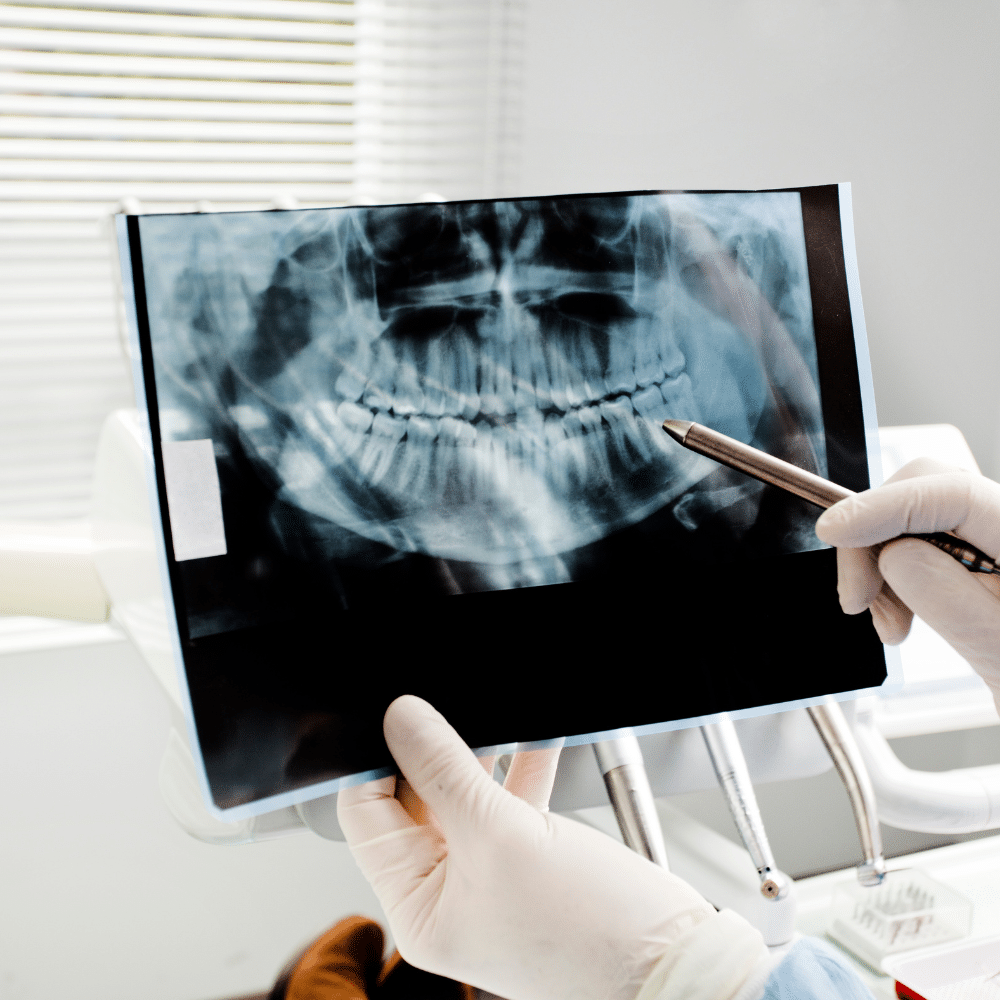In today’s digital age, technology has revolutionized many aspects of our lives, including how we approach dental care. One significant advancement in dentistry is the use of digital x-rays. These digital imaging techniques offer numerous advantages over traditional X-ray methods, making them a valuable tool for modern dental practices.
What are Digital X-rays?
Digital x-rays, also known as digital radiographs, are images of the teeth, bones, and surrounding soft tissues captured using electronic sensors instead of traditional photographic film. These images are then displayed on a computer screen, allowing dentists to view them instantly.
Types of Digital X-rays
There are several types of digital x-rays commonly used in dentistry, including:
- Intraoral X-rays: These x-rays are taken inside the mouth and are used to detect cavities, check the health of the tooth root, and monitor the health of the bone surrounding the tooth.
- Extraoral X-rays: These x-rays are taken outside the mouth and are used to detect impacted teeth, monitor jaw growth, and identify potential problems with the temporomandibular joint (TMJ).
- Panoramic X-rays: This type of X-ray provides a comprehensive view of the entire mouth, including the teeth, jaws, and surrounding structures. “Pan” x-rays are useful for detecting issues such as impacted teeth, jaw disorders, and sinus problems.
Advantages of Digital X-rays

Digital x-rays offer several advantages over traditional X-ray methods, including:
1. Reduced Radiation Exposure
One of the primary advantages of digital x-rays is that they require up to 90% less radiation than traditional x-rays. This reduction in radiation exposure is especially beneficial for patients who may need multiple x-rays over time, such as those undergoing orthodontic treatment.
2. Faster Imaging Process
Digital x-rays can be captured and displayed on a computer screen in a matter of seconds, eliminating the need for film processing. This means that dentists can view the images immediately and make a more timely diagnosis, leading to faster treatment for patients.
3. Improved Image Quality
Digital X-rays produce high-quality images that can be enhanced and manipulated to provide a clearer view of the teeth and surrounding structures. This improved image quality allows dentists to detect potential issues more easily and accurately diagnose dental problems.
4. Environmentally Friendly
Digital X-rays eliminate the need for chemical processing solutions and film, making them a more environmentally friendly option compared to traditional x-rays. This waste reduction contributes to a greener dental practice.
5. Enhanced Patient Education
With digital x-rays, dentists can easily share images with patients on a computer screen, allowing them to see and understand their oral health condition better. This visual aid can help patients make more informed decisions about their oral health care.
6. Improved Record Keeping
Digital X-rays can be stored electronically, eliminating the need for physical storage space for film-based X-rays. This digital format also makes it easier for dentists to access and share patient records with other healthcare providers when necessary.
Ready to experience the magic of digital x-rays?
Digital x-rays have revolutionized the field of dentistry, offering numerous advantages over traditional X-ray methods. From reduced radiation exposure to faster imaging processes and improved image quality, digital x-rays provide dentists with valuable tools to enhance patient care and treatment outcomes.
Embracing digital technology in dentistry is not just about keeping up with the times—it’s about providing the best possible care for patients safely and efficiently. Contact Grottoes Family Dentistry to schedule your appointment today —‚ we’re here to help!
